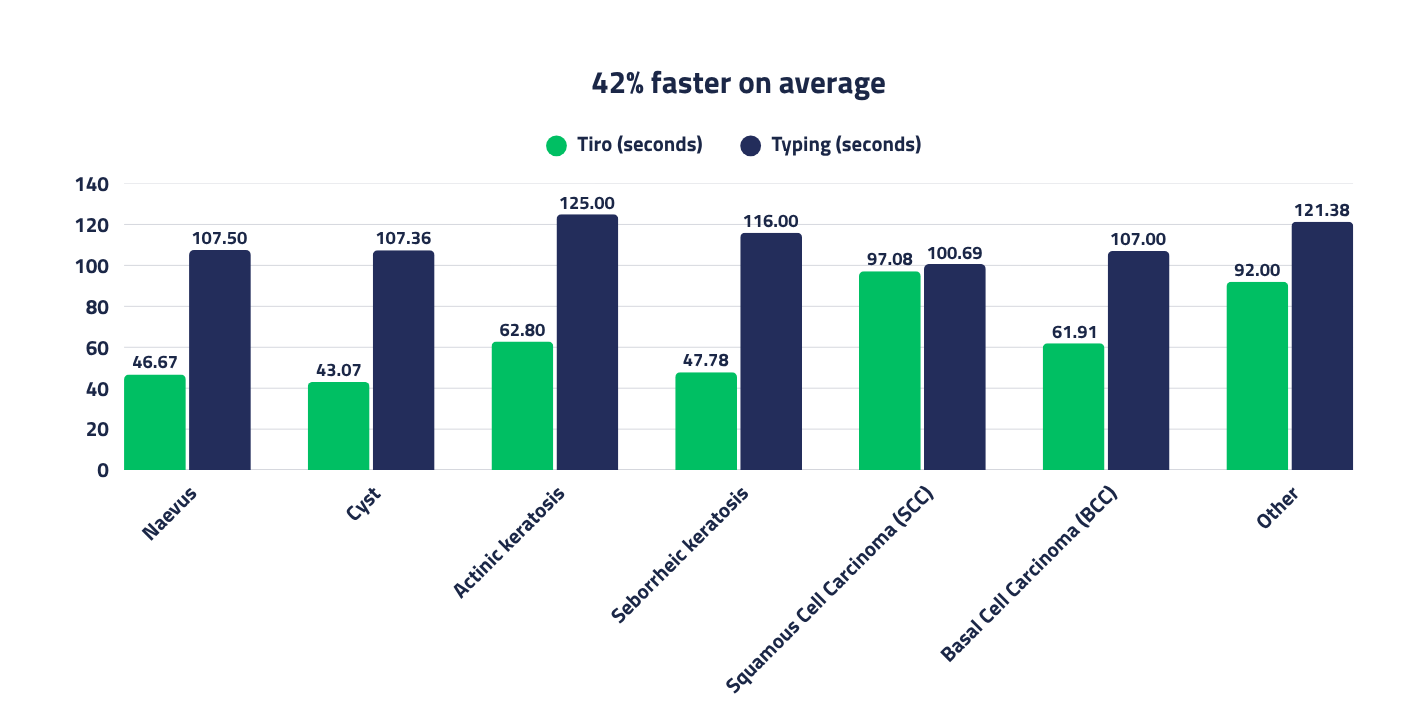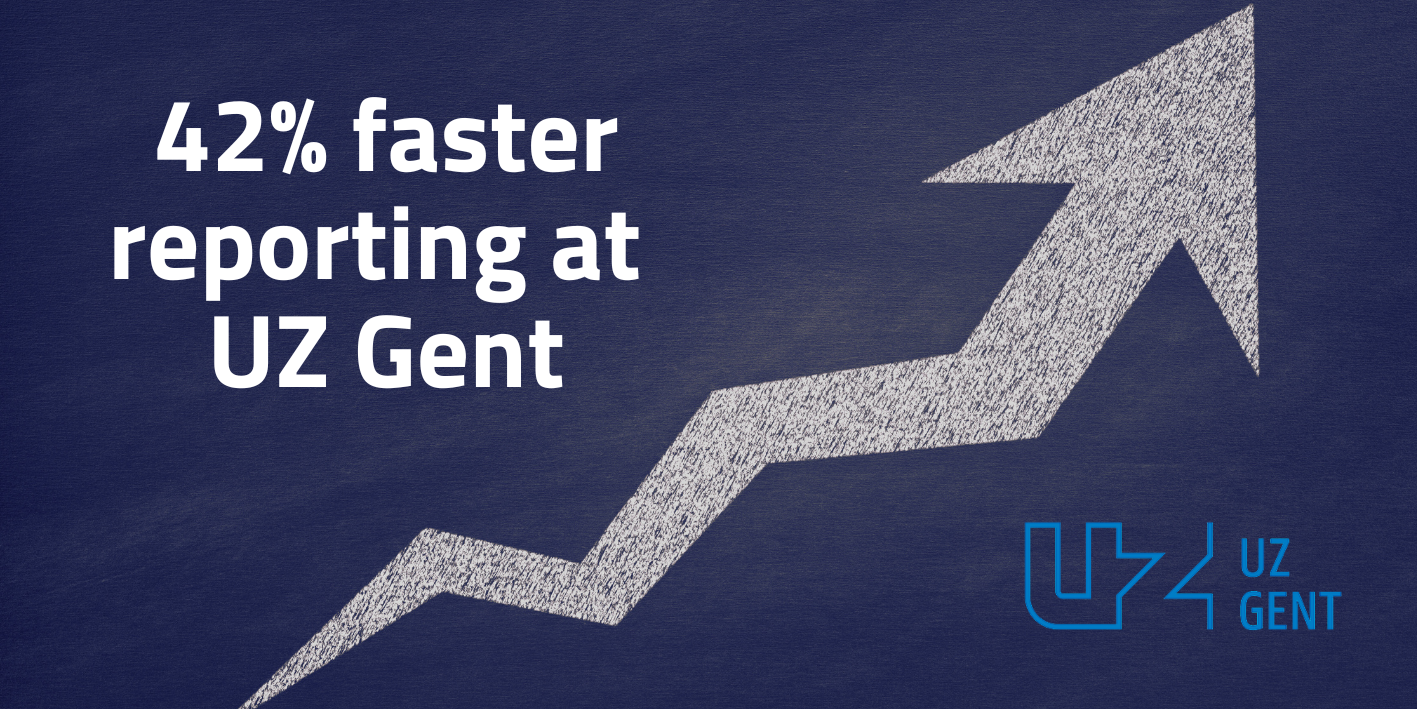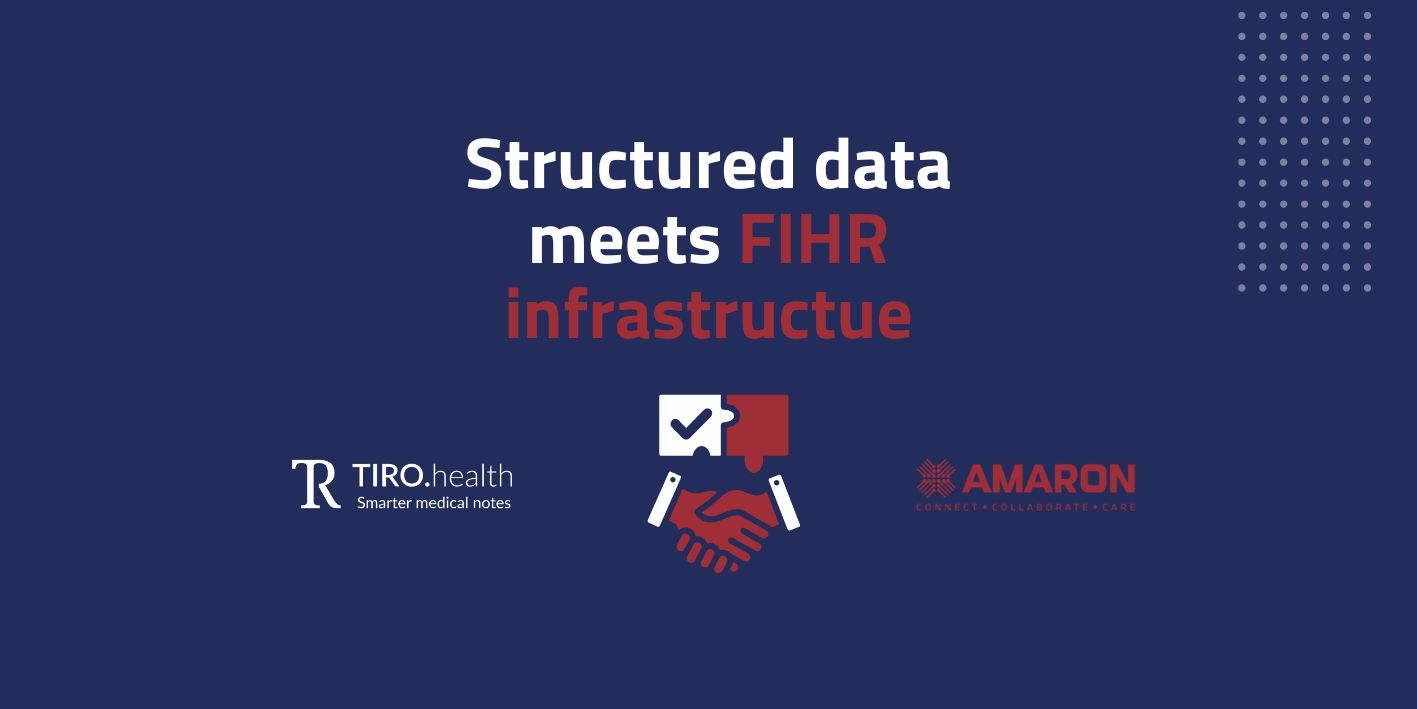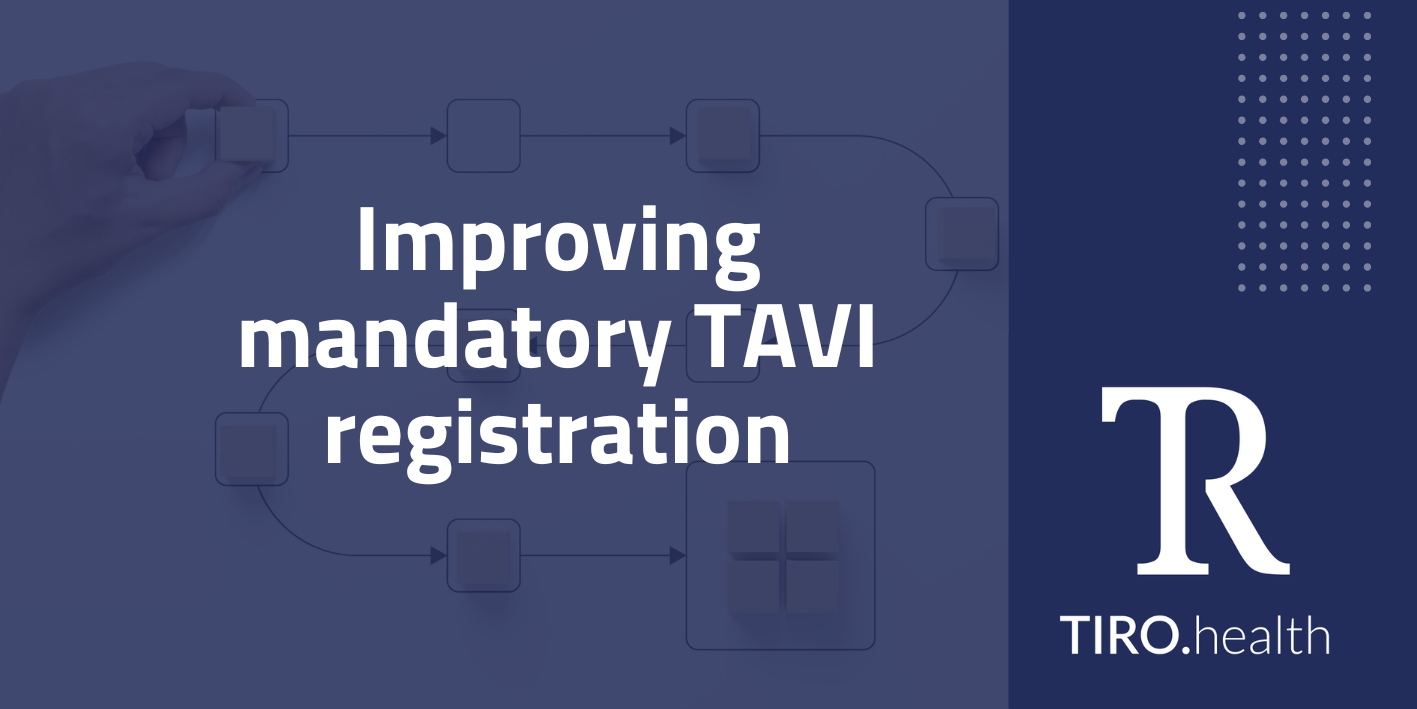When UZ Gent's pathology department wanted to improve their reporting efficiency while meeting the rise of data requirements, they turned to Tiro.health's structured data capture platform. A subsequent study measuring the results showed that pathologists completed reports 42% faster on average compared to traditional free-text methods.
The challenge
Like many pathology departments, UZ Gent faces mounting pressure from multiple directions. Cancer registry reporting demands complete, standardized data. Research initiatives require coded information for analysis. Yet pathologists are under pressure, spending significant time on documentation that often need manual re-entry into separate registry systems.
Dr. Lara Pottie and Prof. Dr. Amélie Dendooven recognize that their existing free-text reporting approach, while familiar, creates bottlenecks. Each narrative report requires subsequent manual data extraction for registries. Research projects meant time-consuming chart review to find specific diagnostic details. Quality monitoring is difficult without standardized data capture.
The department is in need of a solution that would simultaneously reduce documentation time and improve data quality, a combination that seemed contradictory at first glance.
The solution: Synoptic reporting with Tiro.health
UZ Gent piloted Tiro.health's synoptic reporting templates for their skin cancer cases. Synoptic reporting replaces narrative text with structured templates containing predefined data elements and coded response options.
Instead of typing "moderately differentiated basal cell carcinoma measuring approximately 4mm with clear margins," pathologists now select from standardized options that automatically generate both a complete diagnostic report and SNOMED CT coded data ready for immediate use in registries and research databases.
Measuring the results
To quantify the impact, the team studied 103 skin cancer reports, comparing documentation time between traditional free-text methods and Tiro.health's structured templates across seven common diagnosis types.
Time savings by diagnosis type

The results showed consistent efficiency gains across all categories:
- Naevus: 60.8 seconds saved per reportper report (56.6% faster)
- Cyst: 64.3 seconds saved per report (59.9% faster)
- Actinic keratosis: 62.2 seconds saved per report (49.8% faster)
- Seborrheic keratosis: 68.2 seconds saved per report (58.8% faster)
- Squamous cell carcinoma: 3.6 seconds saved per report (3.6% faster)
- Basal cell carcinoma: 45.1 seconds saved per report (42.1% faster)
- Other diagnoses: 29.8 seconds saved per report (24.5% faster)
The overall 42% time reduction comes with an important bonus: the structured data eliminate the need for manual data extraction for cancer registries or research purposes.
Beyond time savings
While the documented speed improvements are significant, the broader impact extends beyond raw efficiency gains. The structured approach ensures completeness, capturing all required diagnostic elements in every report.
Data quality improves because pathologists select from validated options rather than typing free text that might contain inconsistencies or abbreviations.
Research coordination becomes substantially easier. Coded data allow instant retrieval for quality assurance and improvement.
Previously, this would have required manual chart review of large numbers of narrative reports. Cancer registry compliance transforms from a time-consuming secondary task into an automatic byproduct of normal documentation. The same template completion that generated the diagnostic report simultaneously creates registry-ready data, eliminating duplicate data entry.
What this means for Pathology
The UZ Gent results validate what we've seen across multiple implementations: well-designed synoptic reporting templates don't force pathologists to choose between efficiency and data quality. They deliver both simultaneously.
For a department processing hundreds of cases weekly, a 42% time reduction translates to hours of reclaimed capacity. That time can redirect toward complex diagnostic work, tumor boards, teaching, or research activities that actually require pathologist expertise, rather than routine data transcription.
The structured data creates new possibilities. Quality benchmarking across institutions becomes feasible when everyone captures the same standardized elements. Participation in international research collaborations no longer requires separate data collection efforts.
Real-time monitoring of diagnostic patterns can identify quality issues or emerging trends that would remain hidden in free-text reports.
About the study
Research conducted by Dr. Lara Pottie and Prof. Dr. Amélie Dendooven at UZ Gent Department of Pathology, examining 103 skin cancer reports to compare documentation time between traditional free-text methods and Tiro.health's structured synoptic reporting templates.
Ready to improve your synoptic reporting workflow?
UZ Gent's experience demonstrates that structured data capture can reduce documentation burden while improving quality. If your pathology department faces similar challenges with reporting efficiency, registry compliance, or research data collection, we'd be happy to discuss how our pathology reporting software might help.



